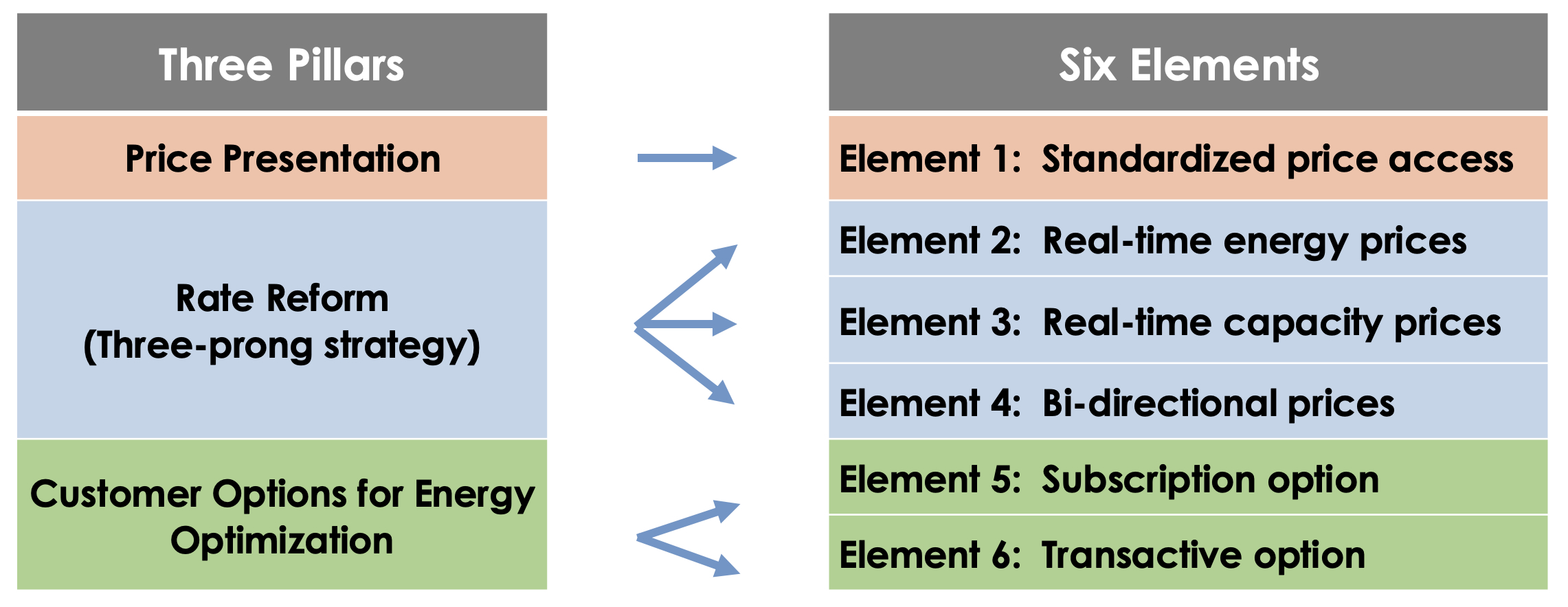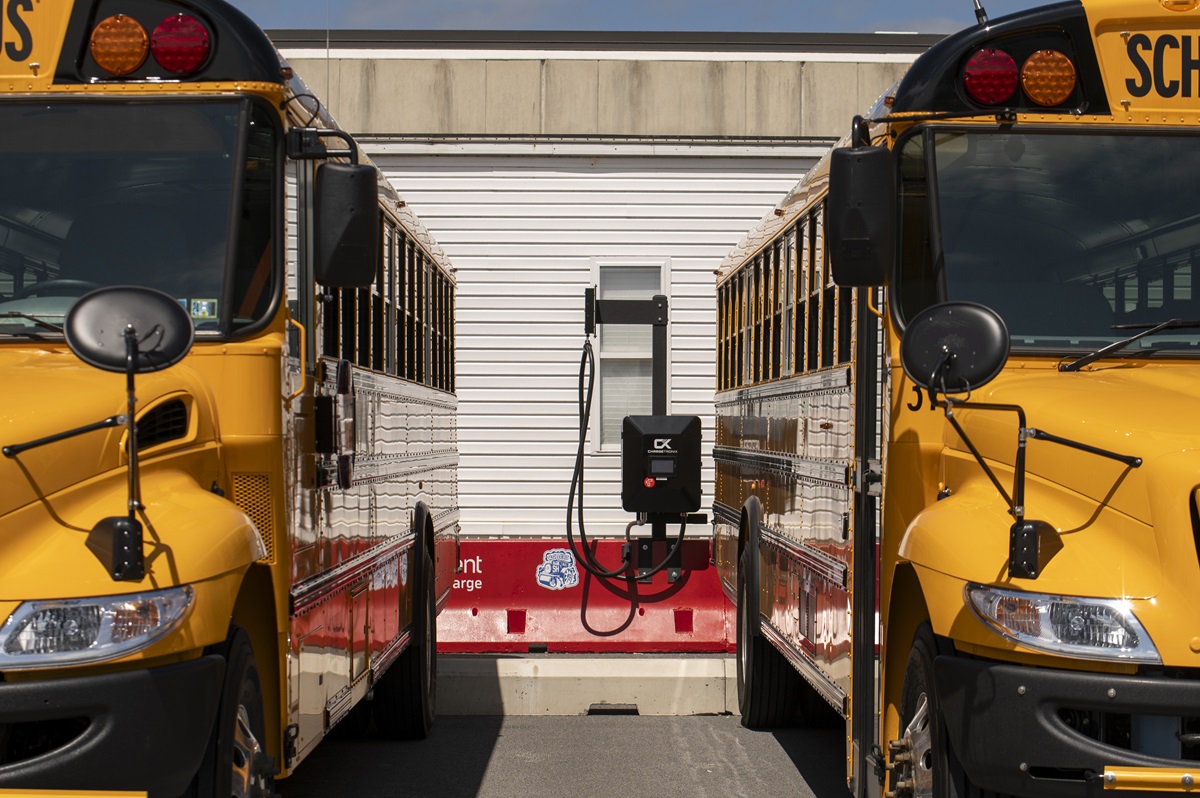Pacific Gas & Electric Company has launched a program to enable residential and commercial customers to earn export compensation for bidirectional electric vehicle charging, also known as vehicle-to-grid (V2G) or vehicle-to-everything (V2X).
PG&E customers who buy their energy from a community choice aggregator are eligible if the CCA participates in the program.
The pilot program is a step toward California’s requirement for large utilities and CCAs to offer dynamic hourly rates to all customers by year-end 2027.
The California Public Utilities Commission (CPUC) said the program’s goal is to evaluate whether customer responsiveness to dynamic pricing can improve distribution circuit utilization and reduce the need for distribution grid upgrades. “It is important to ensure” that there is a sufficient customer rate incentive to encourage customer load shift behavior, the CPUC said.
Pilot program customers must also enroll in an emergency load reduction program that reduces peak demand and will further compensate participating customers.
The program is an element of California’s multi-pronged approach to help integrate renewable generation and put downward pressure on electricity rates by achieving 7 GW of flexible demand by 2030.
In a related effort, the California Energy Commission is developing a flexible demand appliance standard for EV chargers.
Signing up
To participate in PG&E’s program, a customer must own an eligible electric vehicle paired with an eligible EV charger. Currently only four EV models are eligible, but PG&E says additional eligible models continue to be added. When buying an eligible EV charger, a customer may access program incentives that the CPUC describes as “generous.”
For residential customers, the only EV model currently eligible is the Ford F-150 Lightning truck. That model is currently eligible only for charging and backup power, not energy export.
For commercial customers, three EV school bus models are now eligible when paired with a Tellus Power Green bidirectional EV charger.
Customers who enroll must sign up with an aggregator that will share data between PG&E and the customer’s vehicle and charger.
The CPUC has required PG&E to offer EV submetering as an option to customers enrolling in the pilot program.
The cost for EV charging and the compensation for EV exports to the grid will change hourly at rates set one day in advance, based on California’s demand flexibility framework known as CalFUSE.

That framework is illustrated in chart shown here. The hourly rates will allow customers to prioritize EV charging when rates are lower, for example when renewable generation is high. Customers with equipment eligible for energy exports may also provide energy to the grid when rates are higher. Fixed costs are recovered through a subscription component.
The program is formally described in a CPUC resolution.
This content is protected by copyright and may not be reused. If you want to cooperate with us and would like to reuse some of our content, please contact: editors@pv-magazine.com.








By submitting this form you agree to pv magazine using your data for the purposes of publishing your comment.
Your personal data will only be disclosed or otherwise transmitted to third parties for the purposes of spam filtering or if this is necessary for technical maintenance of the website. Any other transfer to third parties will not take place unless this is justified on the basis of applicable data protection regulations or if pv magazine is legally obliged to do so.
You may revoke this consent at any time with effect for the future, in which case your personal data will be deleted immediately. Otherwise, your data will be deleted if pv magazine has processed your request or the purpose of data storage is fulfilled.
Further information on data privacy can be found in our Data Protection Policy.